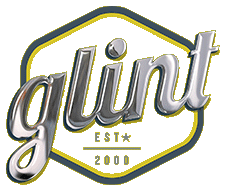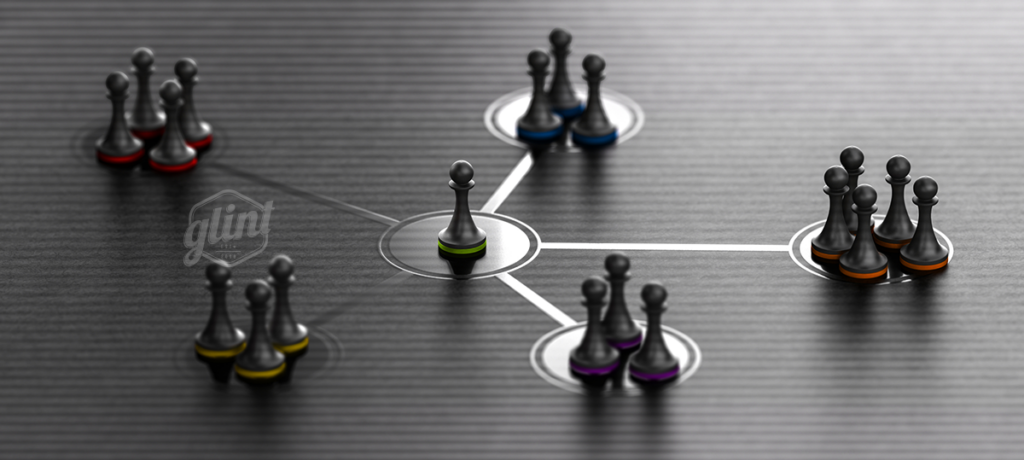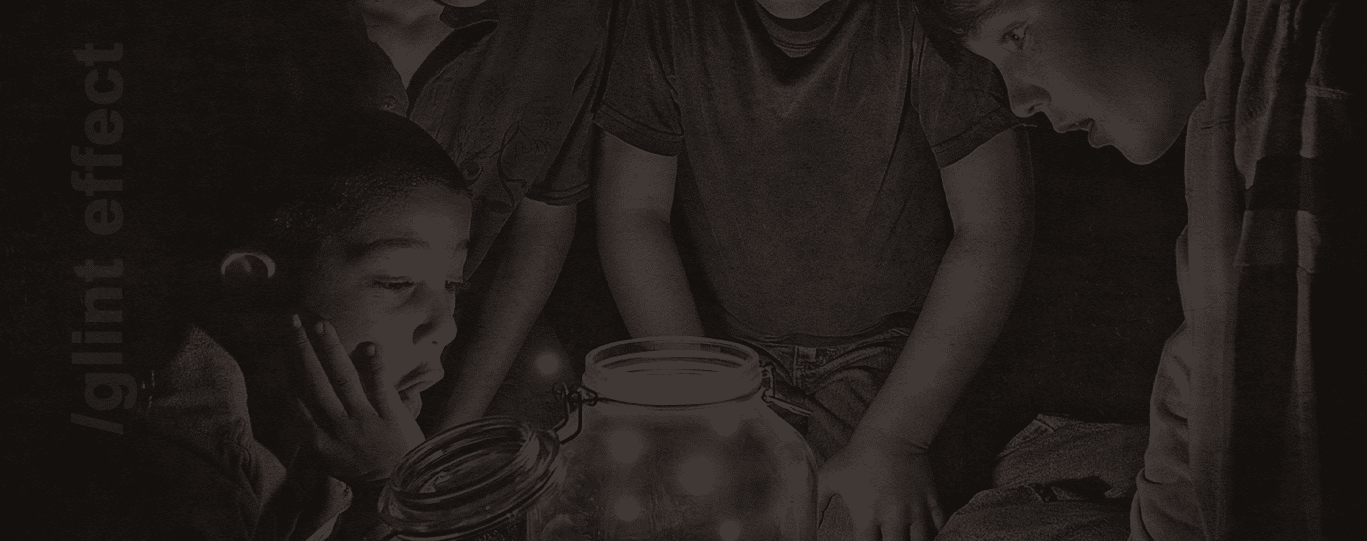Netflix, Hulu, other streaming services, and at home recording devices are making commercials easier to avoid. As traditional commercials lose effectiveness, advertisers are having a harder time reaching consumers. As a result, advertisers are relying on product placement within TV shows and movies as an increasingly important part of the promotional mix. Some product placements work very well as the brand or product is seamlessly integrated into the storyline, while other placements are disruptive and look like a commercial within the show.
Opinions vary when it comes to how people feel about seeing products placed in their favorite TV show or movie. Jonkoping University found the majority of people are neutral or indifferent, often overlooking products that are placed on the counter or in the background. Those who are indifferent or neutral are so immersed in the storyline that while they may see the product they don’t think about the purpose of it being on the screen.
Some have a positive perception of product placements as it highlights the brand in a lifelike setting and shows the usability of the product. These consumers like the product being incorporated into the storyline because it serves a purpose for both the characters and the brand. On the opposite side of the spectrum, some people feel they are being manipulated and deceived if a product is incorporated into a storyline. They are watching shows and movies for entertainment and don’t want to see a commercial in the middle of a plot.
Product placements have different roles and uses in a show or movie. Often they are intertwined within a storyline as a plot element making the viewer aware of the product but not overselling it. Conversely, product placements sometimes steal focus away from the plot and effectively act as a commercial in the middle of the storyline. While integrated placements are rarely viewed negatively, the disruptive “mini-commercial” often generates viewer ire. Either way, product placements are gaining popularity, becoming more predominate, driving sales and are used for both creative purposes and to help fund TV shows and movies.
Product placement deals can bring in millions of dollars to TV shows and movies. Subway played a huge role in the show Chuck. When Chuck was on the verge of being canceled, Subway came in and paid an undisclosed sum of money to have their sandwiches featured in the show, along with the then-current promotion. With this product placement deal, Subway essentially funded Chuck for a few more seasons.
Although Subway funded Chuck and kept it on the air longer than it otherwise would have run, the product placements were sometimes cheesy and dominated the storyline. It became a running joke to see how Subway was going to be incorporated within the episode each week. Along with Subway placements, Toyota also placed their brand in the show. However, the Toyota placement fell in the “mini-commercial” side of the product placement spectrum, with a 40-second segment about the new Sienna Mini-Van, and greatly distracted from the story line.
Unfortunately, bad product placements have generated a lot of backlash and placed a shadow over the tactic in total. Many shows have unsuccessfully tried to integrate placement deals into their shows. Here are a few examples that had people talking about the placements more than the storylines.
• Hawaii Five-0 has been roundly criticized for their heavy use of product placements, often having their episodes accused of being one giant commercial break. The show uses several brands such as Chevrolet, Microsoft, Subway, Bing, and others to generate the money necessary to stay on the air. Despite the criticism, these brands have found success after promoting products during the show.
• One episode of New Girl was centered on the legendary Prince and how he was hosting a party that Jess was attending. Instead of the show gaining positive press with the presence of Prince, the episode was generally panned due to the bad Ford Fusion product placement and the poor acting around it.
• The Biggest Loser is also guilty of having cringe-worthy product placements. During one episode the Ziplock name is mentioned four times in a one-minute clip, including specifications about how much the containers can hold, and all the wonders they can do for a diet.
• Clean & Clear had one of the worst product placement segments in The Secret Life of the American Teenager. The actors directly quote familiar lines from commercials, yet try to pass it off as everyday conversation. This clip looks more like an infomercial than a segment of a TV show.
However, not all product placements are negative. Some shows have been able to incorporate brands seamlessly into an episode, and even have the viewers enjoy it.
• The Big Bang Theory takes a subtle, but effective approach to product placements. In one episode, Sheldon is promoting two separate brands within one scene. The first is Purell and the second is Staples. Sheldon mentions both Purell and Staples unobtrusively without impacting the flow of the scene. In a different episode, The Big Bang Theory promoted Apple’s newest feature at the time, Siri.
• Friends had several product placements deals during its run, but one of the most successful episodes they had featured Pottery Barn. Within one scene they were able to mention the brand six times and center part of the episode’s storyline around it. After this episode had aired, the brand’s phone lines didn’t stop ringing for catalog requests.
• Ford subtly placed one of their newest trucks in an episode of Nashville. The fifteen- second spot didn’t mention anything about the truck but was able to show off some of the features that the tailgate offers.
Product placements typically work out well for brands. Yes, there are some instances where there is more backlash than praise, but people are still talking about the brand. Product placements in movies have worked the best and brands quickly see an increase in sales.
• Reese’s Pieces played a key role in E.T. and Hershey’s profits went up by 65% after the movie was released.
• Ray-Ban’s now classic Wayfarer sunglasses was saved by Risky Business selling 360,000 pairs the year of the film’s release and Aviator sales increased by 40% three years later after Top Gun was released.
• The Mini Cooper was claimed to be the star of The Italian Job and caused a 22% increase in sales the year the movie was released.
Just like brands, films also make money off of product placements. 2013’s Man of Steel raked in over $160 million worth of product placement deals from over 100 brands worldwide.
Brands spend millions of dollars a year for product placements. Viewers are more likely to take notice and want a product if it is in one of their favorite TV shows or movies. Every once in a while though, brands don’t pay for placements and their products are used strictly for creative purposes.
One episode in season six of Modern Family is filmed entirely on iPads and iPhones and then captured on a character’s MacBook. The MacBook featured the use of Facebook, Facetime, iMessage, iCloud, iPhoto, Google, Yahoo, ABC News and more. Even though the episode featured many Apple products and applications, Apple did not pay a cent for the placement as co-creator, Steve Levitan, came up with the plot from real life experience.
With the rise of DVRs, Netflix, Hulu and other content outlets that let you skip commercials, brands are becoming more innovative when it comes to getting products in front of viewers. By placing their products in TV shows and movies, advertisers are augmenting their traditional advertising and media plans.
Where do you land on product placements? Do product placements play a big role in how you feel about watching TV or movies? How do you feel about product placements that are completely organic and not paid?
If you have questions about branding and how your business can build and sustain a true competitive advantage, reach out to Glint at www.glintadv.com or give us a call at 817-616-0320. From large scale real estate developments, to hospitals, retail stores and credit unions, Glint has been helping clients define, refine and hone their brand strategy and imagery for over 16 years.







